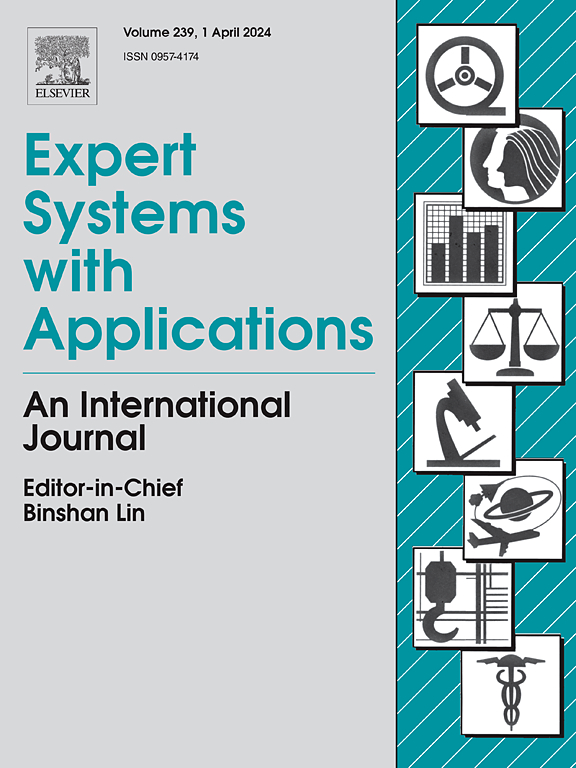3C-GNN: Three-channel contrastive graph neural network for semi-supervised node classification
IF 7.5
1区 计算机科学
Q1 COMPUTER SCIENCE, ARTIFICIAL INTELLIGENCE
引用次数: 0
Abstract
In recent years, Graph Neural Networks (GNNs) have demonstrated exceptional performance in semi-supervised node classification. However, their effectiveness remains constrained by challenges such as insufficient supervision and representation collapse. Many methods solely focus on specific perspectives or single channels, failing to fully leverage the diversity of node features and topological structures. This results in incomplete learning of neighborhood information, limiting the expressive power of models. To address these issues, we propose a novel method called Three Channel Graph Contrastive Network (3C-GCN), characterized by three unique aspects: (i) A three-channel approach ,which captures more comprehensive information, thereby mitigating the risk of representation collapse and enhancing the model’s expressive capacity. (ii) The integration of contrastive learning with the three-channel method leverages self-supervised contrastive learning, enabling the model to effectively learn meaningful node representations without the need for extensive labeled data. This significantly improves performance on tasks with limited labeled samples. (iii) The pretraining-to-downstream task adaptation strategy enhances the model’s transfer learning capability, enabling it to generalize more effectively across various graph-related tasks, thereby strengthening its robustness and flexibility. Extensive experiments on multiple datasets demonstrate the effectiveness and generality of 3C-GCN compared to state-of-the-art methods.
3C-GNN:用于半监督节点分类的三通道对比图神经网络
近年来,图神经网络(gnn)在半监督节点分类方面表现出了优异的性能。然而,其有效性仍然受到监督不足和代表性崩溃等挑战的制约。许多方法只关注特定的视角或单一通道,未能充分利用节点特征和拓扑结构的多样性。这导致邻域信息学习不完全,限制了模型的表达能力。为了解决这些问题,我们提出了一种新的方法,称为三通道图对比网络(3C-GCN),具有三个独特的方面:(i)三通道方法,捕获更全面的信息,从而降低了表征崩溃的风险,增强了模型的表达能力。(ii)对比学习与三通道方法的整合利用了自监督对比学习,使模型能够有效地学习有意义的节点表示,而不需要大量的标记数据。这大大提高了有限标记样本任务的性能。(iii)预训练-下游任务自适应策略增强了模型的迁移学习能力,使其能够更有效地泛化各种图相关任务,从而增强了模型的鲁棒性和灵活性。与最先进的方法相比,在多个数据集上进行的大量实验证明了3C-GCN的有效性和通用性。
本文章由计算机程序翻译,如有差异,请以英文原文为准。
求助全文
约1分钟内获得全文
求助全文
来源期刊

Expert Systems with Applications
工程技术-工程:电子与电气
CiteScore
13.80
自引率
10.60%
发文量
2045
审稿时长
8.7 months
期刊介绍:
Expert Systems With Applications is an international journal dedicated to the exchange of information on expert and intelligent systems used globally in industry, government, and universities. The journal emphasizes original papers covering the design, development, testing, implementation, and management of these systems, offering practical guidelines. It spans various sectors such as finance, engineering, marketing, law, project management, information management, medicine, and more. The journal also welcomes papers on multi-agent systems, knowledge management, neural networks, knowledge discovery, data mining, and other related areas, excluding applications to military/defense systems.
 求助内容:
求助内容: 应助结果提醒方式:
应助结果提醒方式:


